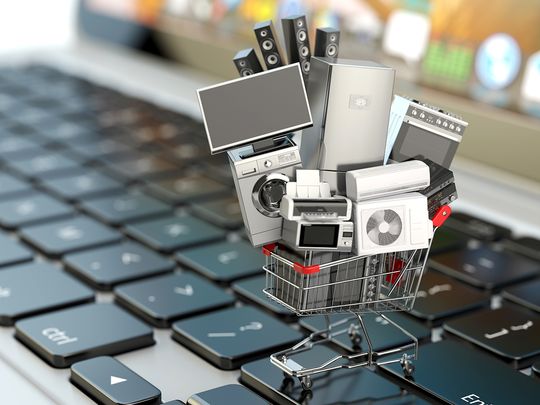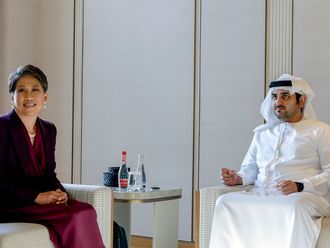
Just ahead of Dubai Shopping Festival, UAE businesses in electronics and tech retail have received an important piece of clarification on a recent tax requirement. This relates to the Reverse Charge Mechanism that applies to all B2B deals in the electronics sector.
The Federal Tax Authority (FTA) has now released a pubic clarification on the criteria for ‘pieces & parts’ in electronic devices that are eligible for the Reverse Charge Mechanism facility. The clarification will be of benefit to electronic dealers.
Coverage for B2B deals
The first category covers goods used for the manufacture of electronic devices and their operations. For example, coils, capacitators, couplers, diodes, transistors, microchips etc. of smartphones and tablets are covered. So are the CPU, RAM, hard drive, optical drive, network interface card in a computer.
The second category applies to products necessary for the continuing operation of electronic devices, such as chargers, power cords, battery packs, external monitors, etc.
The third category covers goods that are a replacement for those covered under the first two categories.
There are exclusions too
Goods that merely enhance the functioning of electronic devices are not eligible for the RCM facility, such as external speakers, phone cases and covers, headphones and earphones, screen protectors, selfie sticks, power adapters, etc.
For over two decades, my continuing fascination of taxation stems from the opportunity to learn other disciplines to evaluate tax implications.
A keyboard with a device cover for a tablet is excluded from Reverse Charge Mechanism, but a keyboard of a portable computer device is eligible. A popular device (manufactured by an operating system brand) comes with a detachable keypad that also acts a protective cover.
Another brand has made tablets famous across the world - and also makes keypads for such tablets. One needs to understand the difference between a tablet and a portable computer device to determine the coverage under Reverse Charge Mechanism.
Smartwatches
Certain smartwatches are also eligible for the facility. Goods necessary to manufacture and/or operate the smartwatches such as heart rate monitors and chargers would qualify as ‘pieces & parts’. The scope covers such smartwatches that are an extension of a smartphone or that can connect independently and directly to cellular networks.
The expression ‘an extension of a smartphone’ needs evaluation. Would smartwatches that cannot connect directly to a cellular network but manufactured by a smartphone brand owner be considered as an extension? Would any smartwatch that can simply connect to a smartphone (through an app) also be considered such?
With the inclusion of smartwatches, the next question would be on the classification of watch straps. Is the strap necessary for the normal operation of the watch, or is it only required for the normal use of the watch? The former criteria alone is eligible for Reverse Charge Mechanism.
Promotional combo
With Dubai Shopping Festival (DSF) starting, UAE electronic dealers were anxious about the VAT treatment of combo packs. For example, buy a laptop and get a laptop bag, external hard drive and keyboard at no additional cost.
Similarly, buy a mobile phone and get a set of power-bank, headphone and protective cover. The goods for such promotion schemes flows from the main distributor through the B2B supply chain.
It was not clear if B2B suppliers had to apportion the price to each promotional item and apply VAT there. The FTA has clarified suppliers should assess if the supply constitutes a ‘single composite supply’ and determine VAT implications.
The public clarification provides the much needed clarity, but states it is up to the taxpayers to determine eligibility for the B2B Reverse Charge Mechanism.









